We’ve all felt it: you step into a space and it simply breathes. That sensation isn’t accidental. It’s the result of clear design intent, and glass is often the star. In this text, we explore how architects use glass to create openness, physically and psychologically, while keeping comfort, performance, and context in check. If you’re weighing glazing choices or planning a renovation, these principles will help you see what’s possible and what to watch for.
What Openness Means In Architecture
Spatial Continuity And Visual Depth
When we talk about openness, we’re talking about how far and how freely the eye, and the body, can move. Glass dissolves boundaries so adjacent rooms, terraces, and landscapes read as one continuous field. Sightlines extend past walls, and layers of space stack up to create depth. Even when we can’t physically cross a threshold, transparent surfaces let us visually borrow space beyond it, making rooms feel larger and more connected.

Psychological Perception Of Space
Perception isn’t just square footage. Natural light, long vistas, and the ability to orient ourselves reduce stress and make spaces feel generous. We design moments where you catch a glimpse of sky from a hallway or see a garden at the end of a corridor. That cue tells your brain there’s more out there. In short, openness is as much about what we reveal, and when, as it is about what we build.
Strategies For Using Glass To Open Up Space
Floor-To-Ceiling Glazing And Minimal Frames
Full-height glazing expands vertical proportions and erases the heavy line where wall meets window. Slim mullions and thermally broken minimal frames push transparency further, so views read as continuous rather than sliced. We align head and sill heights across rooms to create a consistent horizon that calms the eye and amplifies scale.
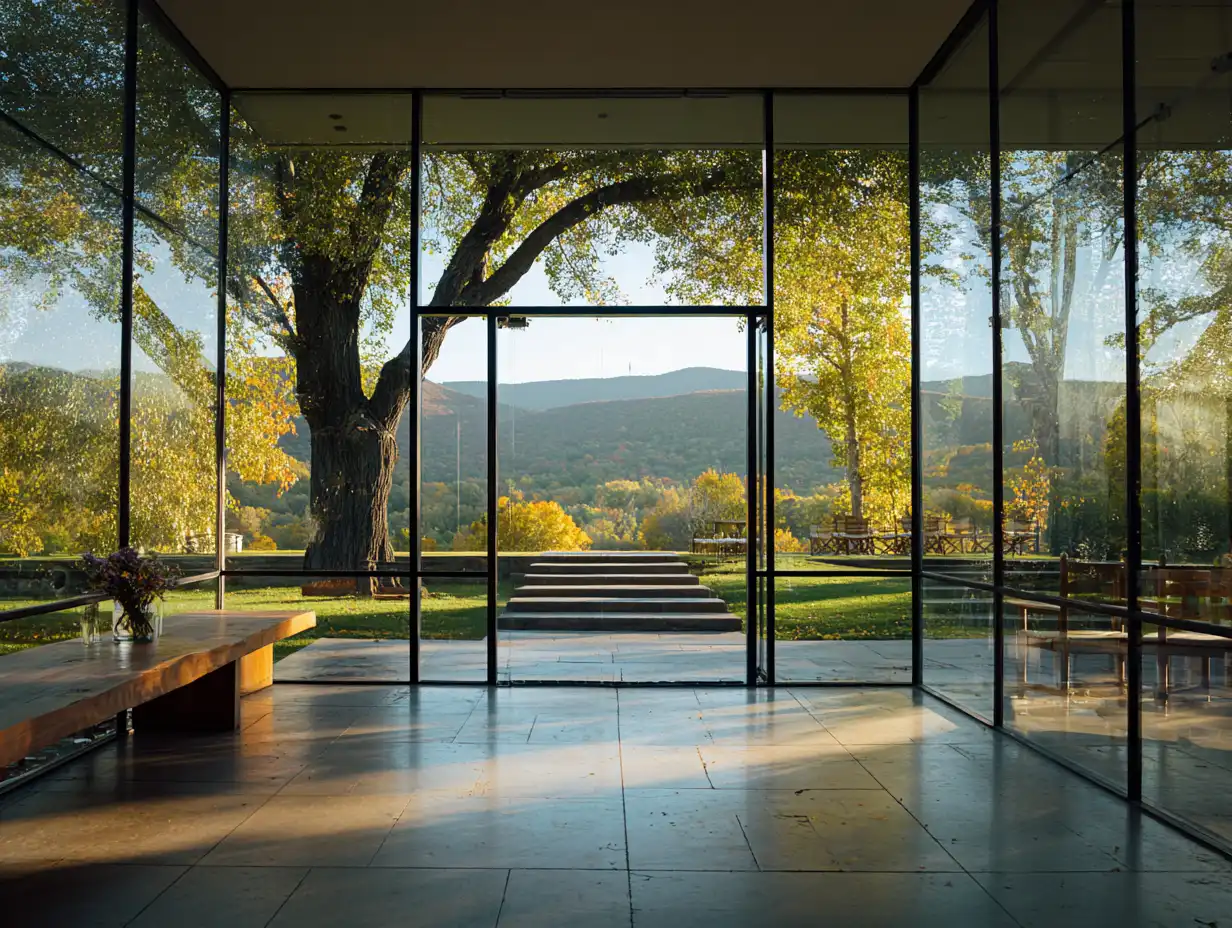
Corners, Joints, And Vanishing Edges
Where glass wraps a corner with a clear butt-joint, the façade feels like it’s peeled open. Aligning joints with sightlines, rather than fighting them, keeps views clean. We use recessed tracks and flush thresholds so the floor plane runs uninterrupted to the outside, making edges “vanish.” Small details, big spatial dividends.
Interior Partitions, Stairs, And Balustrades
Openness isn’t only for exteriors. Interior glass partitions maintain acoustic separation while preserving visual continuity between living, working, and circulation zones. Low-iron glass guardrails and open-riser stairs let light travel deeper into the plan. Frosted or reeded panels tune privacy without killing daylight, a handy move for bathrooms and meeting rooms.
If you’re wondering how architects use glass to create openness inside compact plans, these interior moves often deliver the biggest perceived gain per square foot.
Glass Types And Technologies That Enable Transparency
Low-Iron, Low-E, And Spectrally Selective Coatings
Standard glass has a greenish tint that can muddy colors and dull views. Low-iron glass reduces that cast, improving clarity, especially at thick edges and laminated assemblies. Low-E coatings reflect infrared heat while allowing visible light to pass, supporting energy performance without dimming interiors. Spectrally selective coatings go a step further, admitting high daylight while rejecting a large portion of solar heat gain, great for south and west exposures.
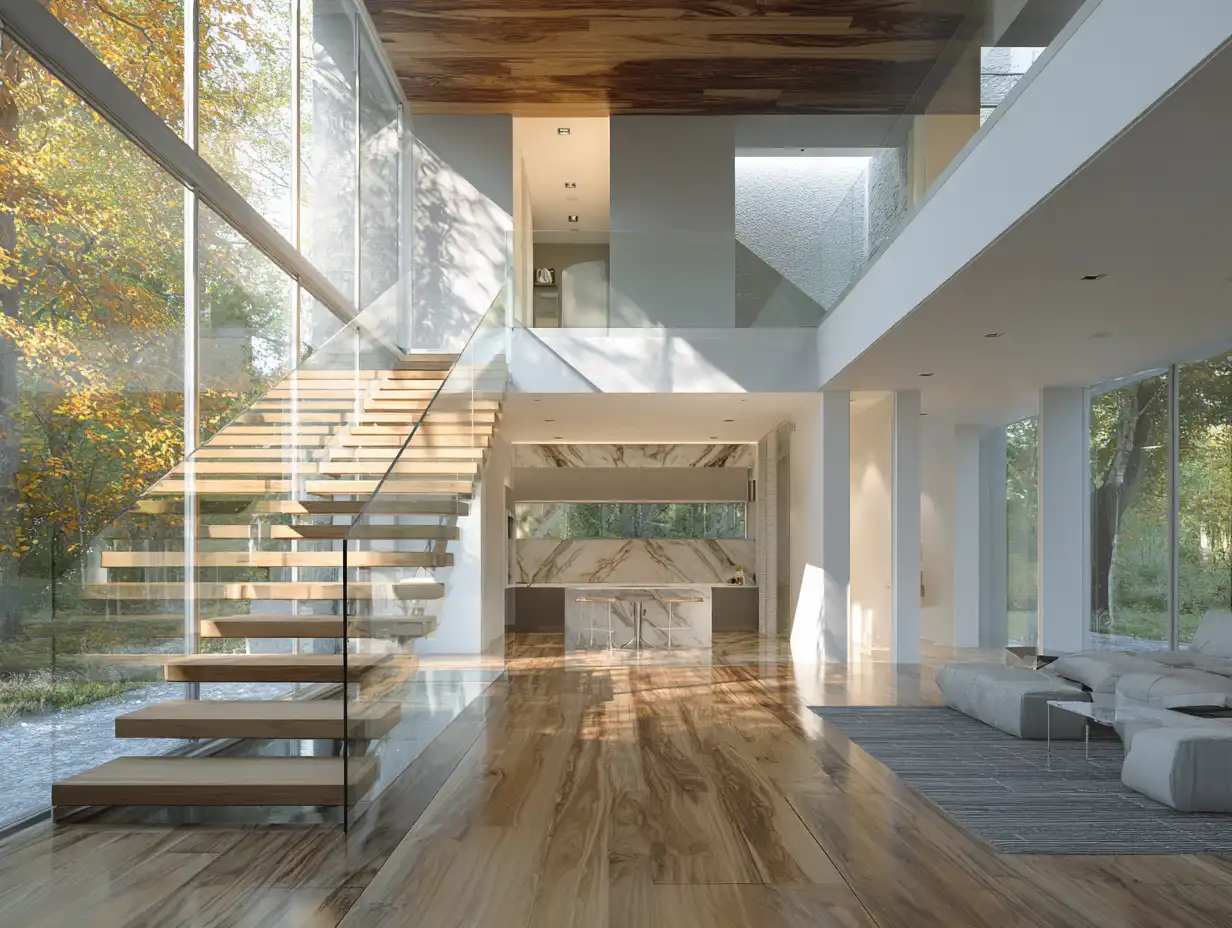
Structural Glass, Fritting, And Curved Panels
Structural glass lets us minimize secondary supports for canopies, fins, and even stair treads. Ceramic frit patterns add bird protection, glare diffusion, and visual interest while preserving transparency. Curved glass softens corners, improves wind performance, and changes how reflections play across a façade, adding openness with a touch of sculpture.
Balancing Openness With Comfort And Performance
Daylighting, Glare Control, And Solar Gain
More glass doesn’t automatically mean better light. We aim for balanced daylight distribution, clerestories, light shelves, and exterior shading to push light deep without hot spots. Interior strategies like micro-perforated shades, adjustable louvers, and tinted interlayers cut glare at workstations and screens. Pair those with spectrally selective glazing to manage solar heat gain so spaces stay bright and comfortable.

Thermal, Acoustic, And Safety Considerations
Double or triple glazing, warm-edge spacers, and thermally broken frames keep interiors efficient. Laminated glass boosts acoustic performance for urban sites and adds a safety layer, critical for guardrails and doors. Tempered glass handles impact: laminated holds fragments if breakage occurs. The right stack-up depends on climate, noise, and code, so we tailor assemblies rather than defaulting to a one-size-fits-all spec.
Context, Scale, And Program Drive Glass Choices
Homes And Small Spaces
In compact homes, a well-placed sliding glass wall to a pocket garden can double perceived area. We often combine clear fixed panels with operable units for ventilation, and use privacy glass at baths and bedrooms where needed. In cold climates, higher-performance frames and triple glazing maintain comfort at the perimeter so that reading chair by the window actually gets used.
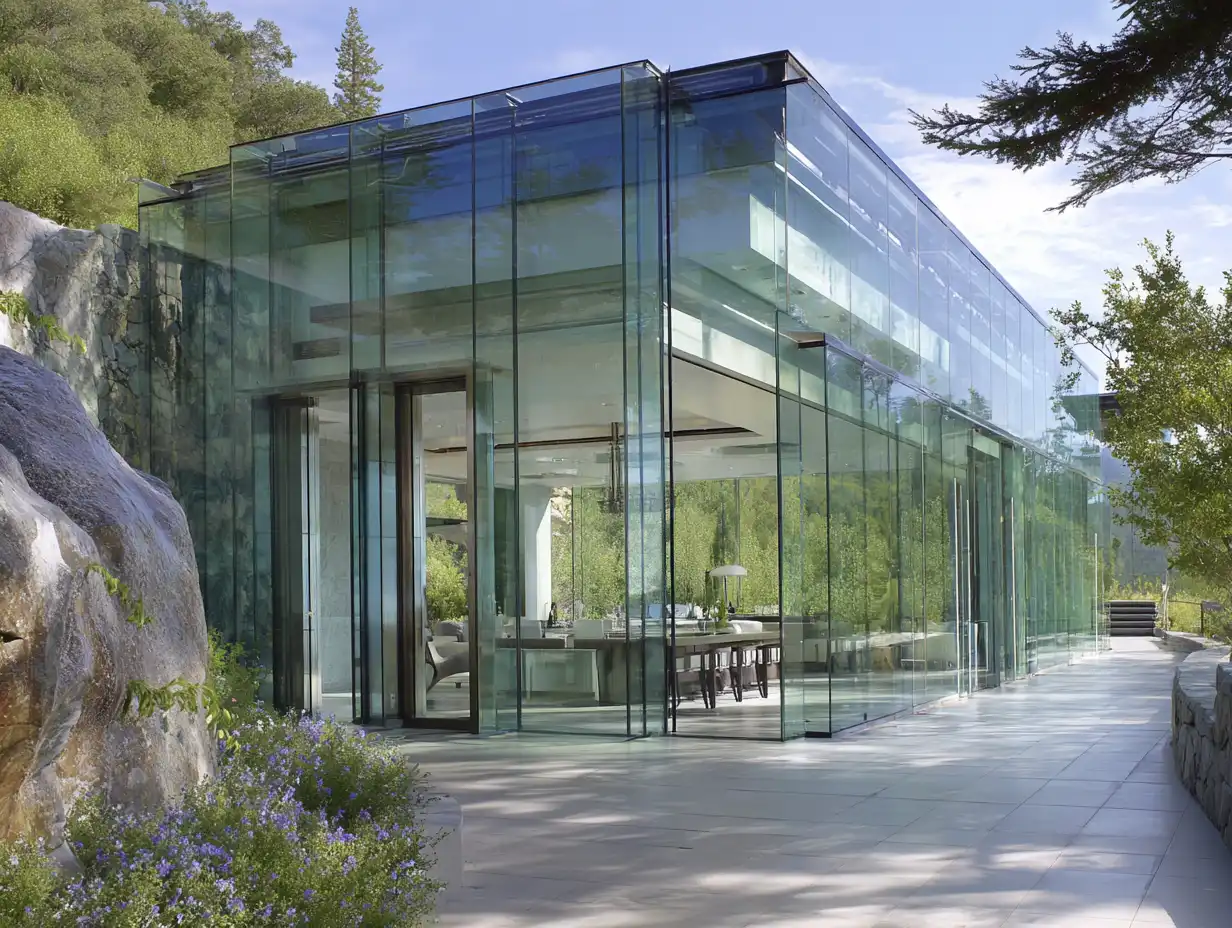
Workplaces And Public Buildings
For offices, openness supports collaboration but needs acoustic control. We like laminated glass with acoustic interlayers for meeting rooms and phone booths, plus frit patterns for wayfinding and visual privacy. In public buildings, large-span glass entries signal welcome and enhance safety via clear sightlines. Canopies, overhangs, and external fins keep façades transparent without turning lobbies into greenhouses.
Conclusion
Openness isn’t a single gesture: it’s a set of coordinated choices. When we decide how architects use glass to create openness on a project, we’re balancing light, views, privacy, energy, and code, all while sweating the details that make edges disappear. Choose the right glazing, dial in shading and acoustics, and let structure step quietly into the background. Do that, and your space won’t just look larger, it will live larger, day after day.
- architectural glass design
- architecture with open spaces
- creating openness in architecture
- creating openness with glass
- designing spacious rooms
- enhancing spaces with glass
- glass architecture techniques
- glass design in architecture
- glass in modern architecture
- glass wall architecture
- how to make spaces feel bigger
- innovative glass designs
- making rooms feel larger
- open-space architectural design
- room enlargement design tips
- space optimization with glass
- space-maximizing design moves
- transparent architectural design
- using glass for larger spaces
- utilizing glass for spaciousness


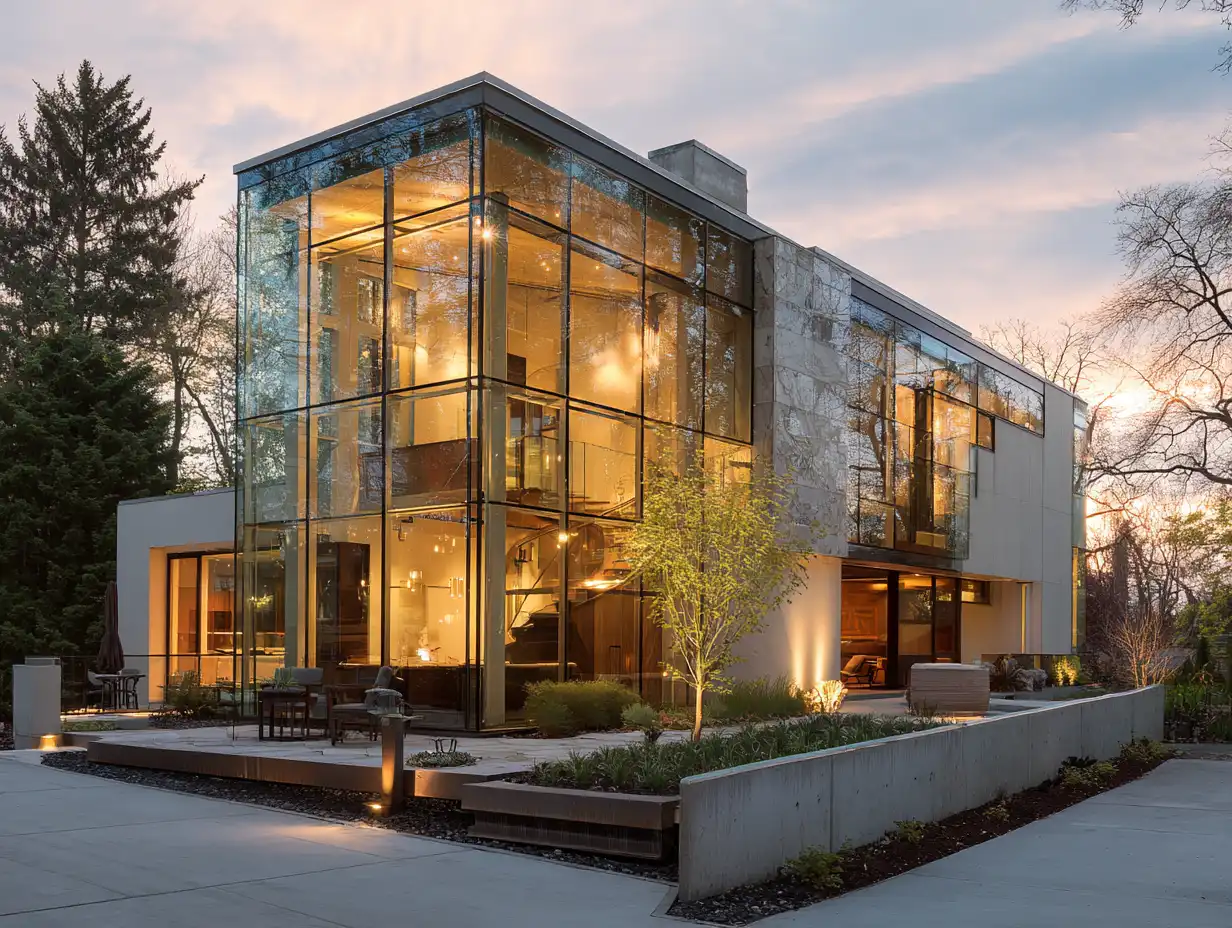

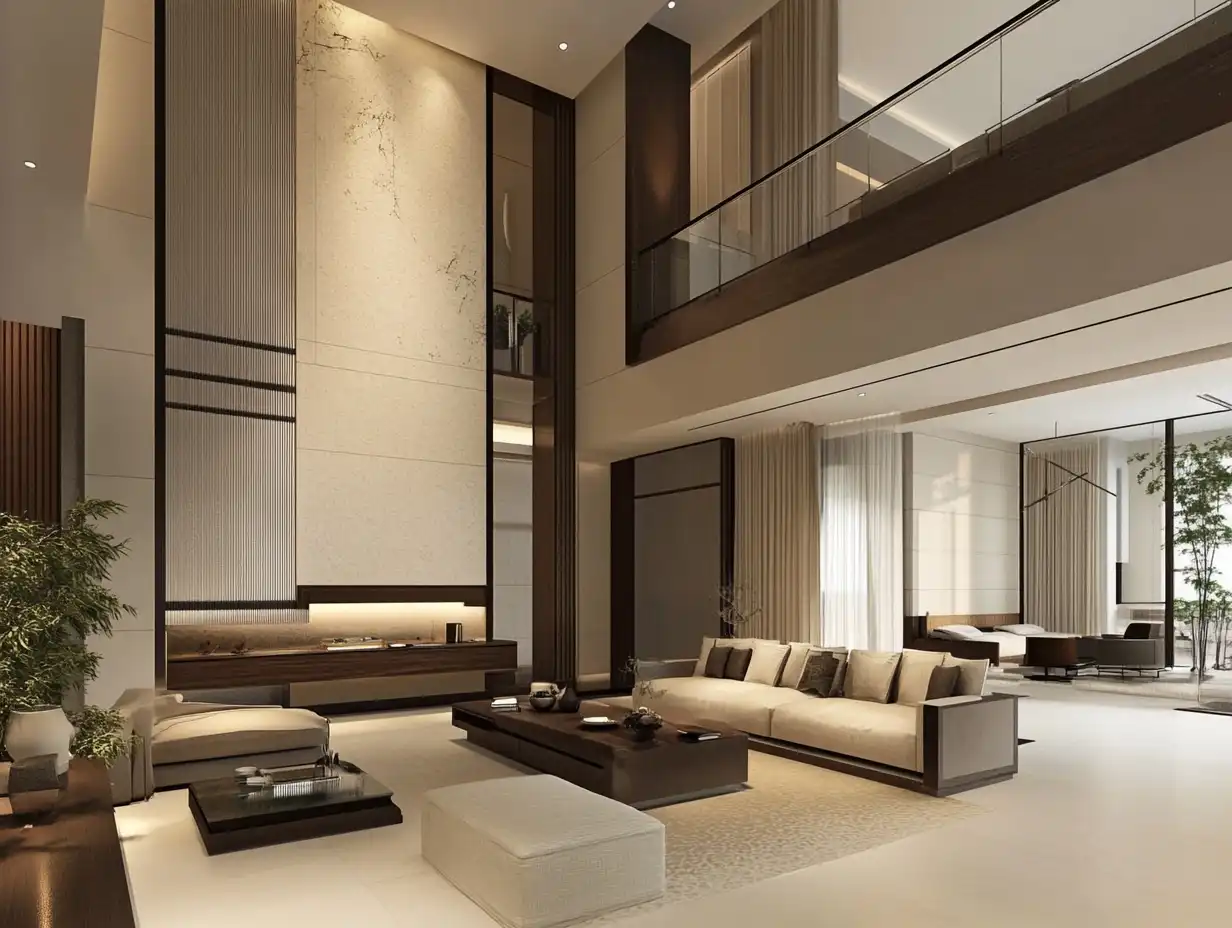





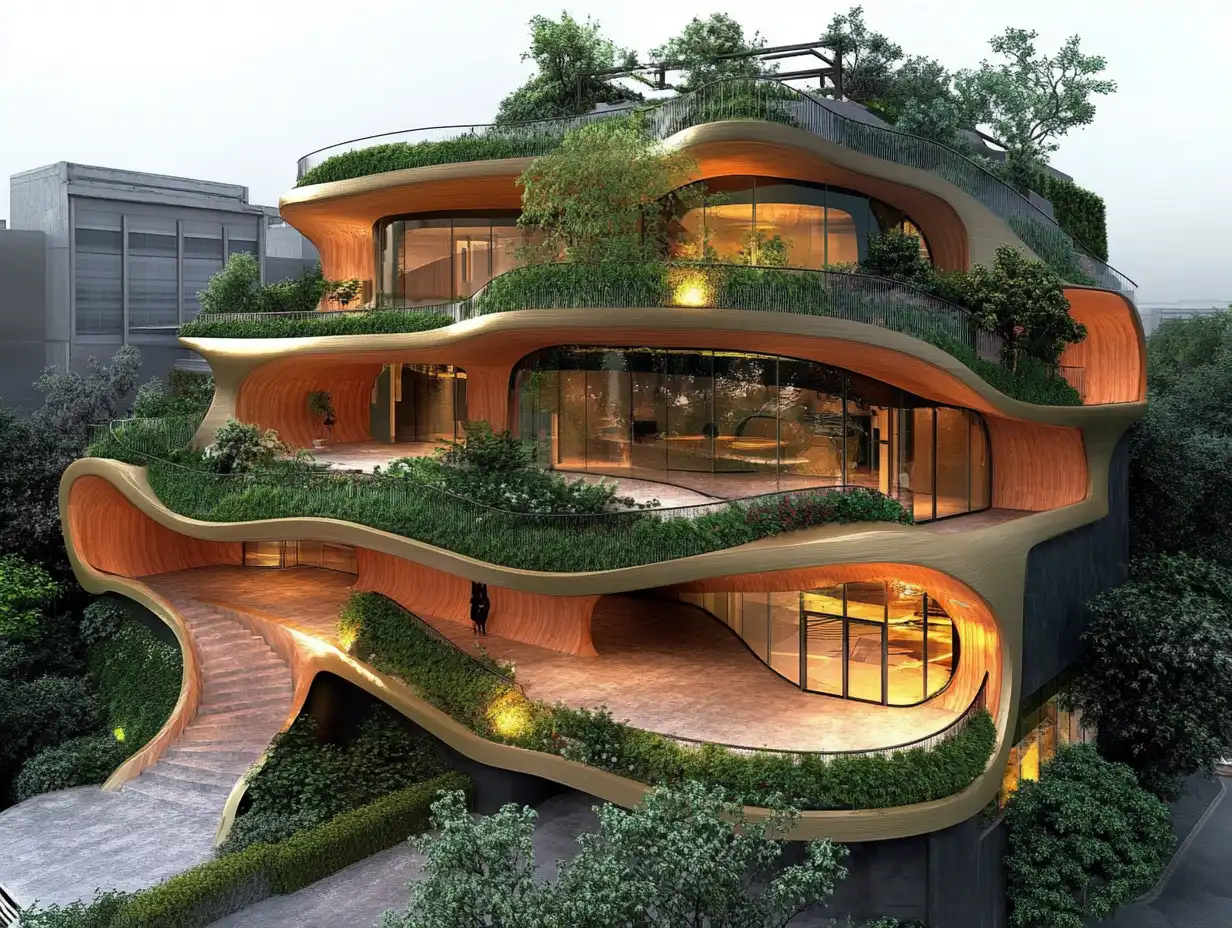
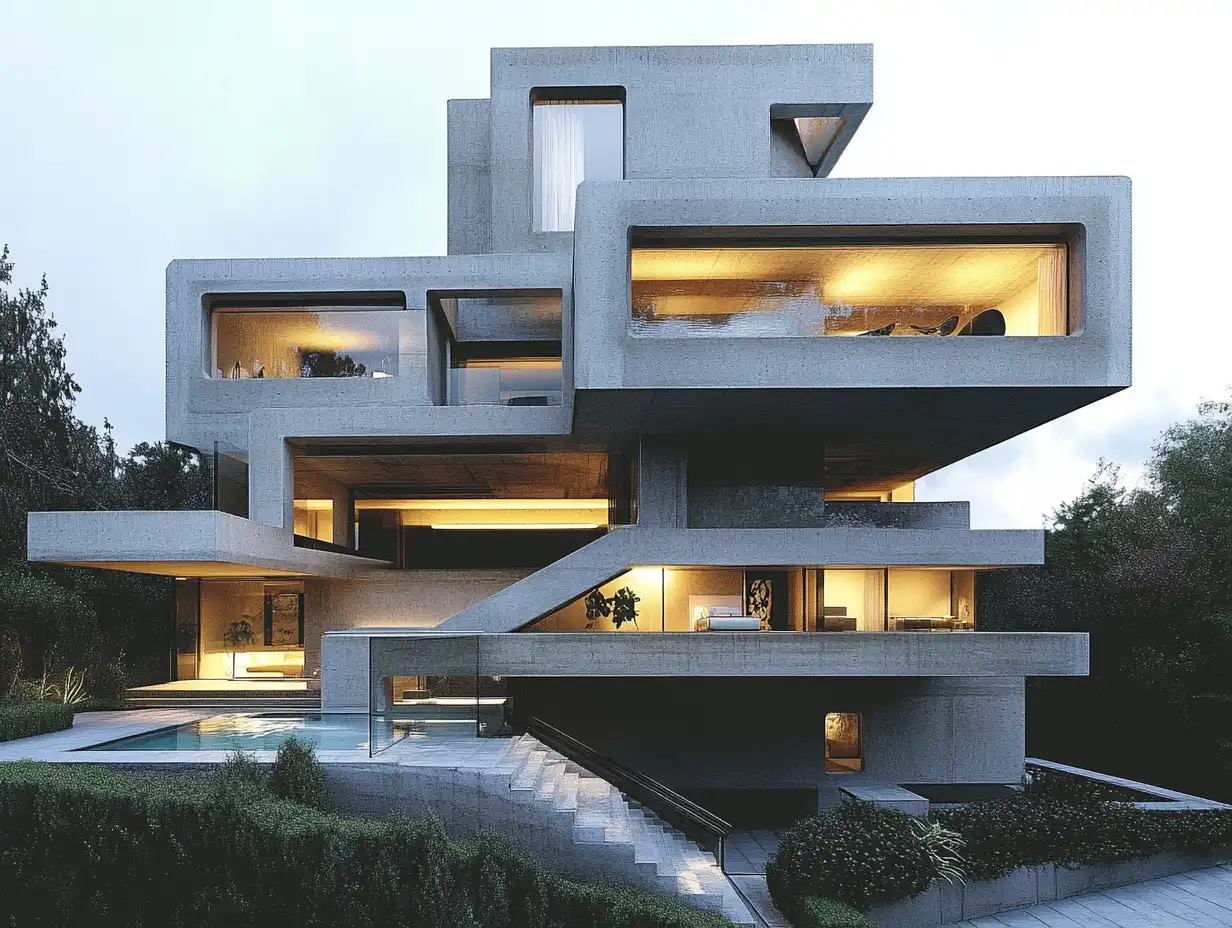



Leave a comment